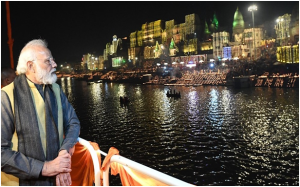
TTT NEWS NETWORK
NEW DELHI, 24 FEBRUARY 2024:
Under the leadership of PM Narendra Modi along with the support of union minister of Ports, Shipping, and Waterways, Sarbananda Sonowal, India achieved a new milestone in clean energy and responsible tourism today.
During an event in Varanasi in Uttar Pradesh, Prime Minister Narendra Modi dedicated to the nation two hybrid electric catamaran vessels – MV Guh and MV Nishadraj- built by Cochin Shipyard Limited (CSL) through Inland Waterways Authority of India (IWAI) under the Ministry of Ports, Shipping and Waterways (MoPSW).
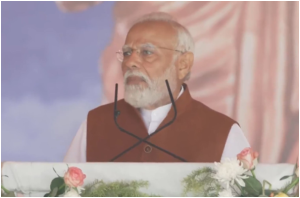
MV Guh will sail on the River Saryu in Ayodhya, and MV Nishadraj on the River Ganga in Varanasi. These state-of-the-art vessels, with a seating capacity of 50 passengers each, are powered by fast-charging batteries and are designed to reduce carbon emissions by 400 MT annually. These green vessels will promote religious tourism in the state. Indigenously built by Cochin Shipyard Limited, they will now be operated by the Uttar Pradesh government.
Urban water transport in India is gaining momentum as a sustainable solution for easing congestion and reducing pollution in metropolitan areas. With initiatives like the development of waterways and introduction of modern vessels, cities are embracing water transport to enhance connectivity and promote eco-friendly commuting options.
With these deployments, the Government of India also aims to foster the confidence of the stakeholders in the maritime sector and usher them towards transitioning to greener and cleaner fuels as emphasized under the Harit Nauka- Inland Vessels Green Transition Guidelines, published on 8th January 2024.
The Harit Nauka Guidelines shows MoPSW’s commitment to transform the maritime landscape by adopting green vessels & establish operationalization of green ecosystem. It also aims to embrace low/zero emission sources of fuel & attain 100% green vessels in the Indian waters by 2047.
Along with this, Prime Minister Shri Narendra Modi inaugurated four community jetties on the ghats of Varanasi and laid the foundation stone for 13 community jetties along National Waterway 1 (NW 1) in Varanasi and National Waterway 110 in Mathura and Prayagraj in Uttar Pradesh.
The Jal Marg Vikas Project (JMVP) being implemented by the Inland Waterways Authority of India aims to improve the navigability of the 1390 km stretch of NW1 from Varanasi in Uttar Pradesh to Haldia in West Bengal. Sixty community jetties are being developed under JMVP to improve the socio-economic condition of people living along NW1 (the Ganga-Bhagirathi-Hooghly river system). These community jetties aim to provide local farmers, traders, industries ease of access to nearby markets, thereby offering better opportunities for trade and employment, promoting tourism, and improving hinterland connectivity.
Besides this, a Quick Pontoon Opening Mechanism System (QPOMS) was also inaugurated. The QPOMS will help in reducing the time for the manual dismantling and reassembly of the kulfi pontoon bridges across NW-1 in a quick and efficient manner, thus reducing the overall inconvenience and delays to vessel as well as vehicular traffic. The installation of the QPOM will thus help in cutting down the overall logistics cost and reducing time from six hours to 30 minutes.
With the launch of these innovative projects and infrastructure, the nation takes a significant step towards harnessing clean energy, promoting responsible tourism, and enhancing connectivity across its waterways. The collaborative efforts between the government, stakeholders, and local communities exemplify a shared vision for a greener future for all.
MoPSW aims to boost the share of Inland Water Transport (IWT) to 5% by 2030 as part of the Maritime India Vision (MIV), signaling a comprehensive effort towards fostering maritime sector growth and connectivity enhancement.
Under the Maritime Amrit Kaal Vision 2047, 46 initiatives have been outlined, with key measures aimed at enhancing the modal share of coastal shipping and inland water transport. These initiatives include the creation of port-based agglomeration centers and coastal berths near production/demand centers along the coast. Additionally, there are plans for road, rail, and inland waterway connectivity and expansion projects, as well as efforts to reduce port dues and terminal charges. Fiscal incentives, such as allowing input tax credit on bunker fuel and spares purchased from various states, along with the reduction of GST for multimodal transportation, are also proposed. Operationalizing 50 waterways by 2047 and introducing low-draft vessel designs, possibly in combination with tug-barge configurations, are among the strategies aimed at furthering these goals.

Advertisement:


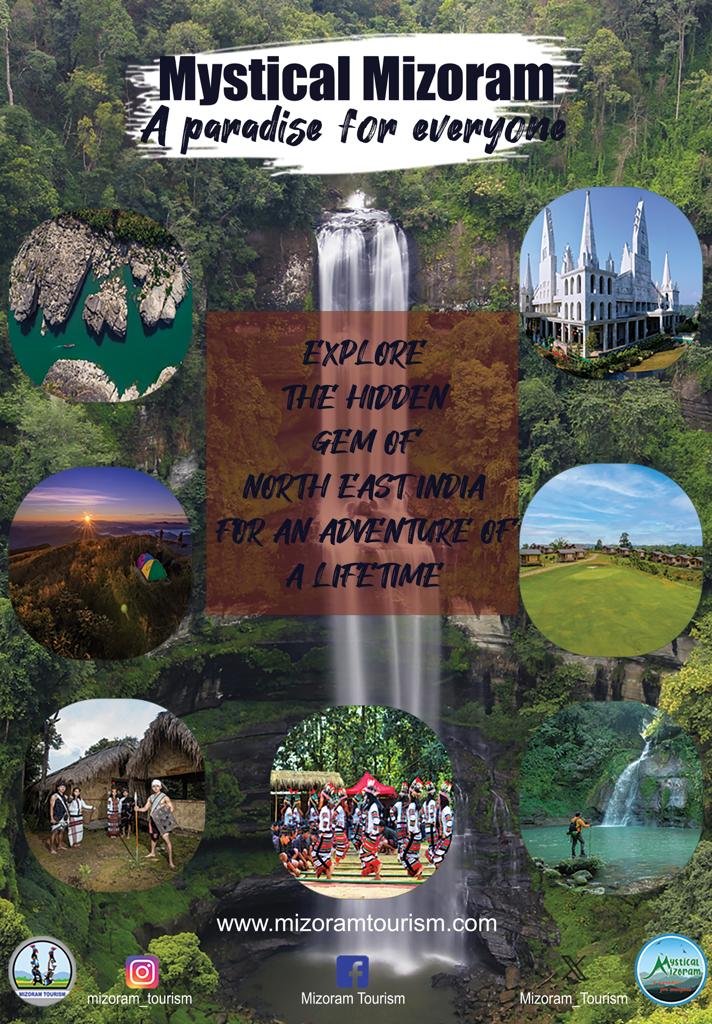

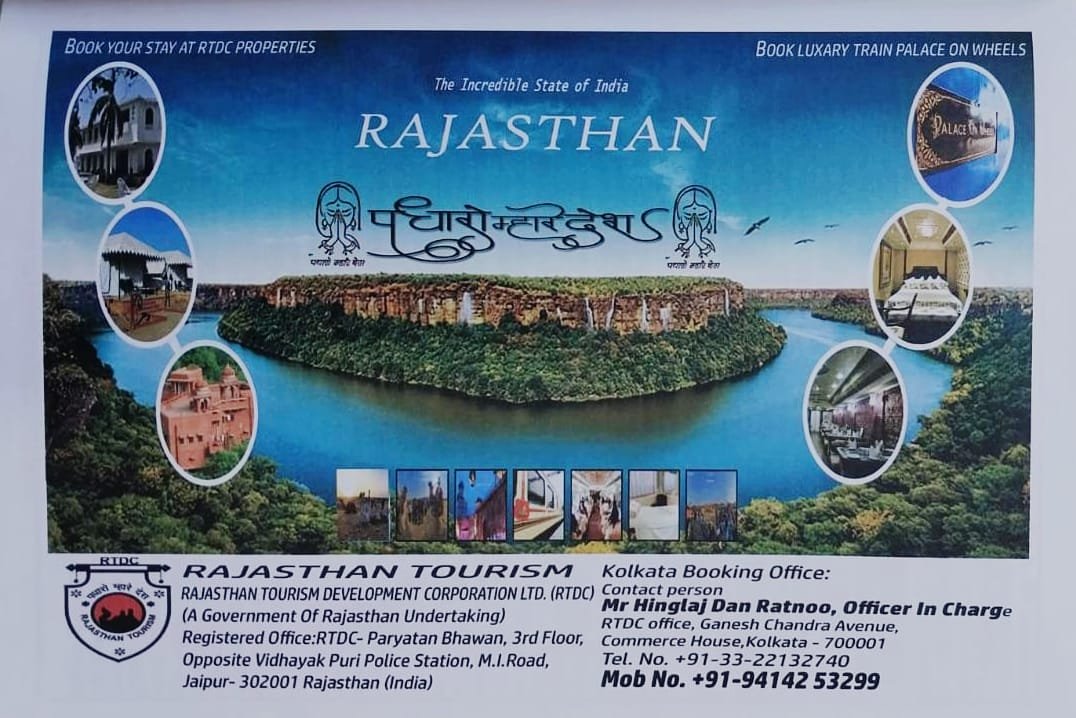

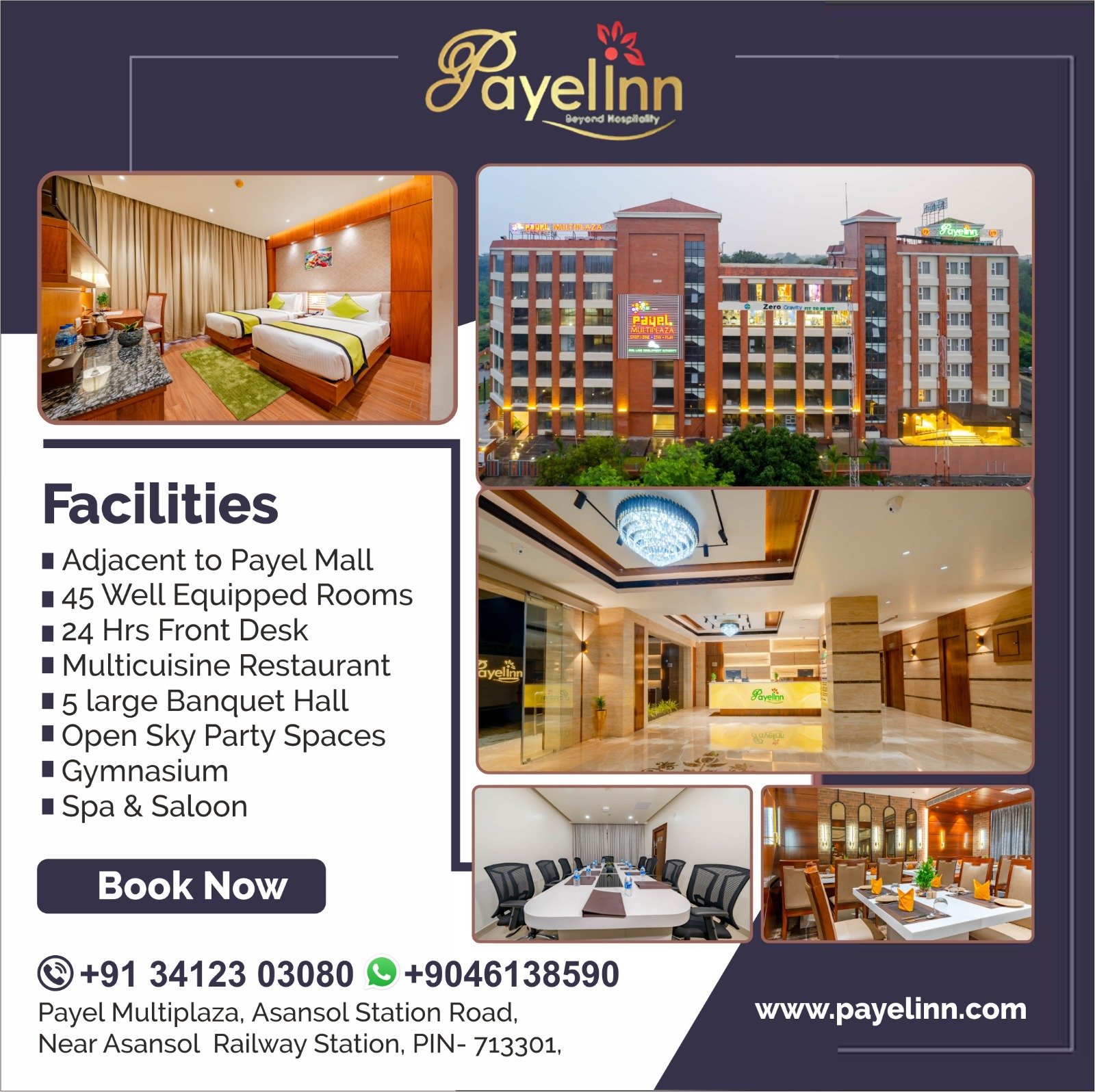


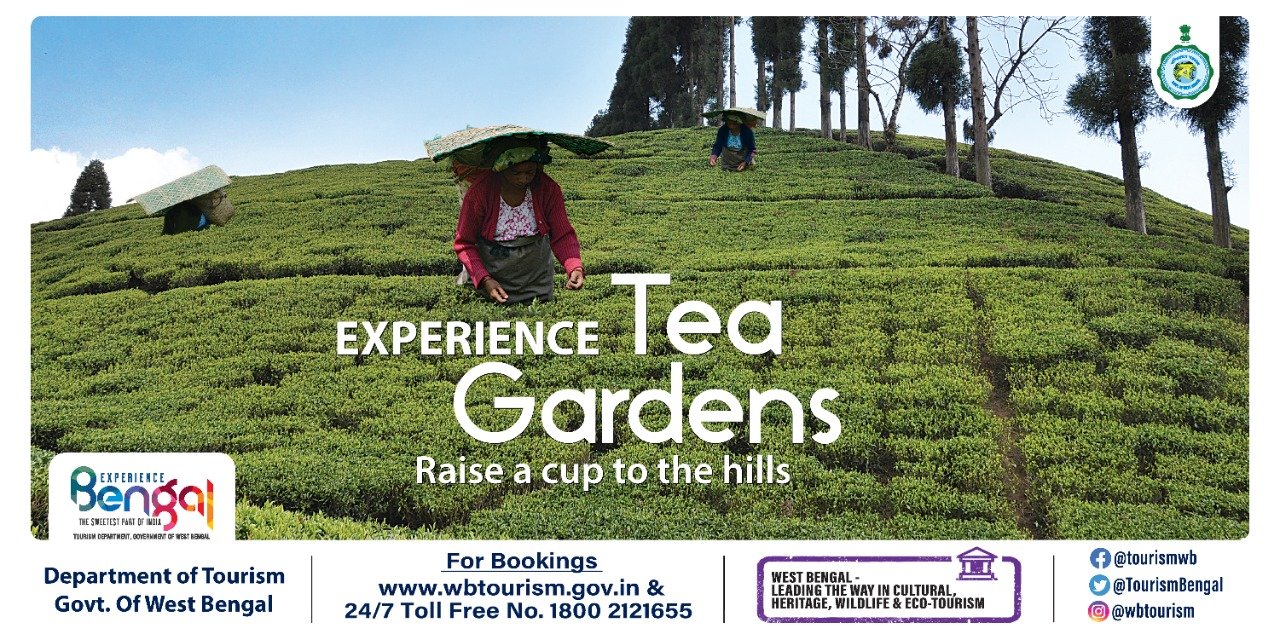











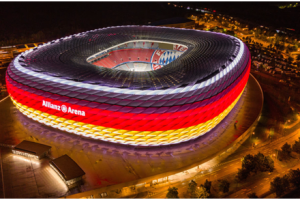








Add Comment